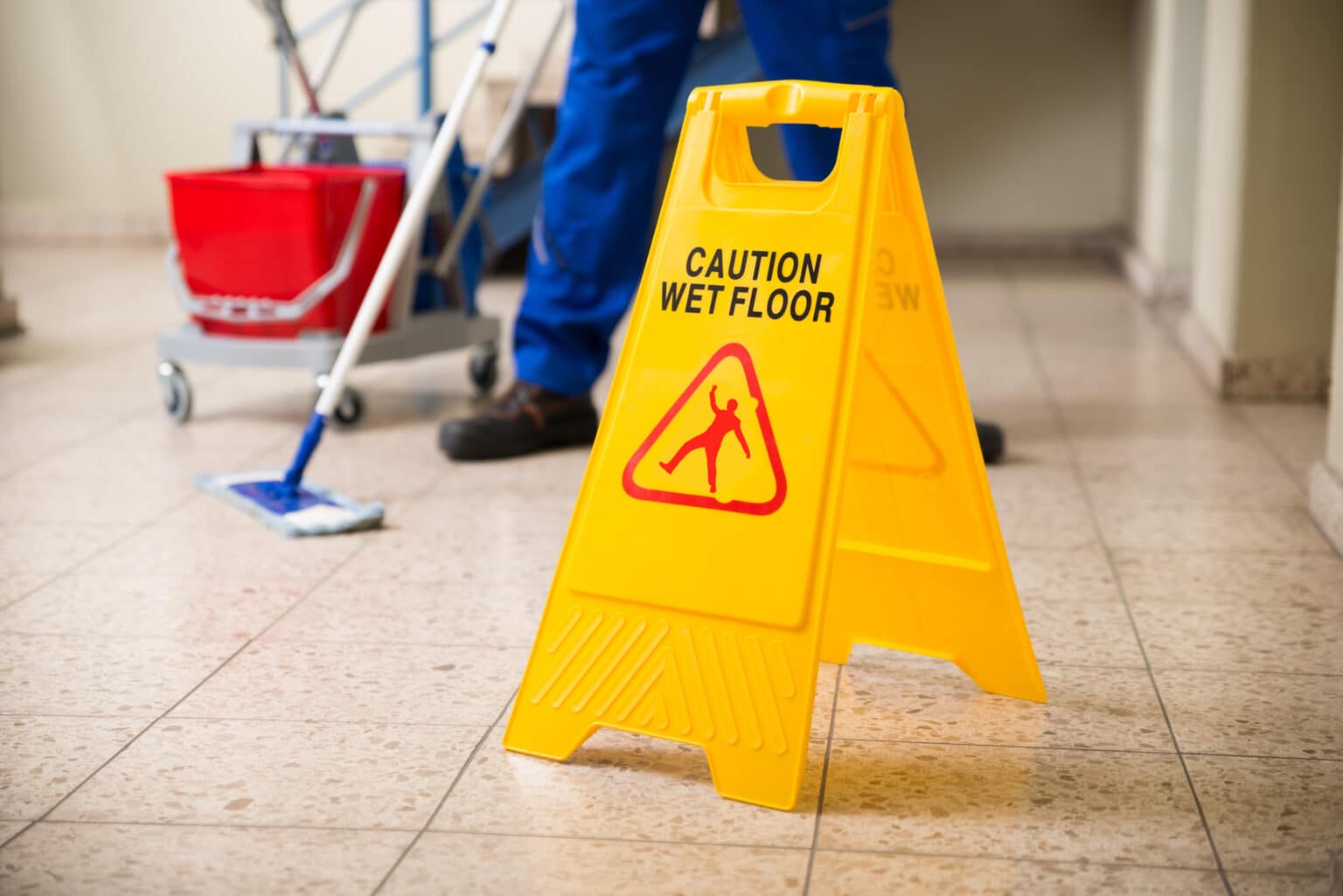Slip and fall injuries can happen anywhere, and they can result in fatal injuries.
Slips and falls contribute to over 1 million hospital emergency room visits per year in the United States. They are also a leading cause of spinal cord injuries and brain injury symptoms, accounting for 87% of all fractures among people over the age of 65.
However, when Texans experience severe slip and fall injuries, many are unsure of what to do next. Here’s what you need to know to navigate the aftermath of such an injury.
Who is responsible for a slip and fall?
A slip and fall claim arises from the principle that property owners have a responsibility to maintain safe premises for visitors. For example, a property owner is responsible for promptly addressing hazardous conditions on their premises, such as a slippery floor in a restaurant.
Slip and fall injuries often result in extensive medical expenses and cause significant financial strain. If your injuries were caused by a property owner’s failure to uphold a safe environment, you may be entitled to seek the full value of your injury.
When a slip and fall injury occurs on someone’s personal property, legal action might not be necessary. However, if the fall occurs in a public location, like a restaurant or parking lot, we recommend seeking legal advice.
Proving the property owner’s responsibility for your slip and fall injury can be challenging, but gathering evidence to prove the cause of your injury can strengthen your case.
What should you do after a slip and fall incident?
Here’s what you should do immediately after suffering a slip and fall injury:
- Document where the fall took place: Take photographs of the property to demonstrate a property owner’s neglect of safety concerns. Note the time, location, and conditions that contributed to your injury, such as wet floors or broken steps.
- Seek medical attention: Even seemingly minor injuries could be more serious than they appear. We urge you to seek immediate medical attention to ensure your well-being after a fall. Additionally, obtaining a medical record after the incident will help document the extent of your injuries.
- Keep records of your condition: Gather all relevant medical documents, such as diagnosis and treatment reports, medical bills, invoices, receipts, notes from conversations with doctors, and rehabilitation reports. Maintain records of your injuries and associated expenses, including medical bills, lost wages, and out-of-pocket costs. These records will serve as evidence of the severity of your injuries.
- Report the incident: Notify the property owner or manager about the slip and fall incident. Ask for a written report and keep a copy for your records. If you can’t get a written report, note the name of the person you spoke to.
- Be cautious of early settlement offers: Exercise caution when dealing with early settlement offers from insurance companies. They may aim to quickly resolve your claim at a reduced value. Before accepting any offers, you need to fully understand the extent and long-term effects of an injury on your life. Initial settlement offers are often much lower than the actual value of your injury.
- Consult a personal injury attorney: Before filing a personal injury claim, it is recommended to consult with an attorney. They can help you gather evidence of your injuries and secure the full value of your losses.
When should you contact a personal injury attorney?
If you have been injured in a slip and fall incident due to the negligence of a property manager, owner, or employee, it is crucial to know when to contact a personal injury attorney.
Holding the responsible party accountable for your injury is possible in many cases. However, delaying taking action or choosing not to file a claim can make it harder to prove a property owner’s negligence.
Contact a skilled personal injury attorney today so they can navigate Texas law on your behalf.












